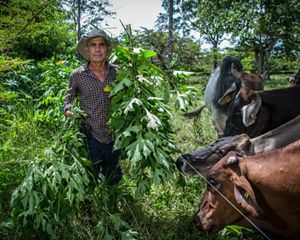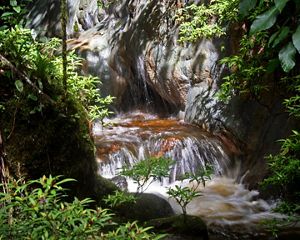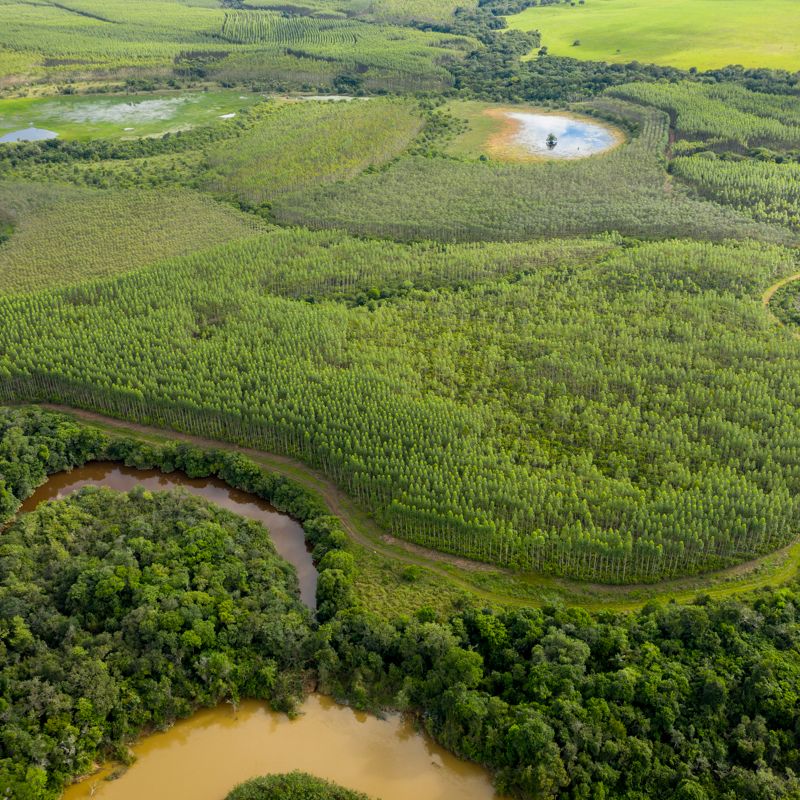
Colombia’s Amazon region is a global treasure—spanning nearly 48 million hectares, it’s twice the size of Oregon and bursting with biological and cultural richness. Nearly half of this vast landscape is legally recognized as Indigenous territory, and another 20% is protected as National Natural Parks. Together, these lands form one of the most important reservoirs of biodiversity on Earth.
Colombia's Amazon at Risk
But this natural wonder is under threat. A staggering 75% of Colombia’s total deforestation occurs in the Amazon region, with the departments of Caquetá and Guaviare accounting for more than half of that loss. In 2018 alone, Caquetá saw over 46,000 hectares of forest disappear—making it the country’s most deforested department.

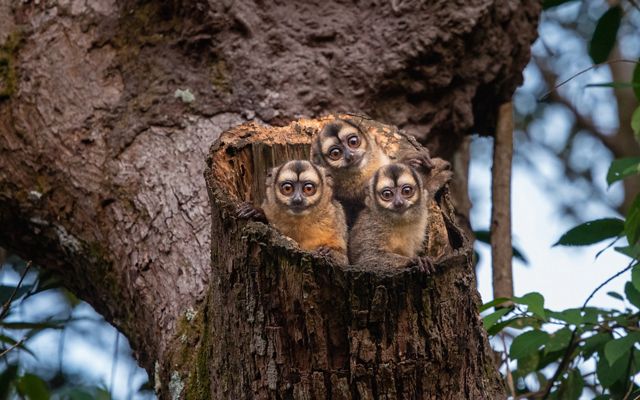
Reforestation here is not just about planting trees—it’s about protecting water sources, preserving Indigenous cultures and restoring the ecological balance. Healthy forests regulate climate, store carbon and provide sustainable livelihoods for communities that depend on them.
Support Reforestation in Colombia
Plant Your TreeWorking Together to Reforest Colombia's Amazon
The Nature Conservancy (TNC) is leading the Agroforestry for Conservation project in Colombia’s Amazon. By bringing together local communities, governments and other key stakeholders, TNC is aligning forest restoration with sustainable land use and production. This collaborative approach is creating multiple wins: stronger biodiversity protection, increased carbon storage, and improved productivity for Indigenous and farming communities.
Planting trees in this region comes with challenges—like limited access to native species and infrastructure—but every tree planted supports local nurseries and helps build the foundation for long-term forest health.
By supporting TNC’s work in Colombia, you’re helping restore one of the world’s most vital ecosystems. A billion trees starts with one—and each one brings us closer to a future where nature and people thrive together.
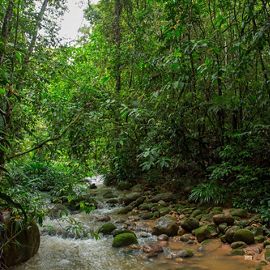
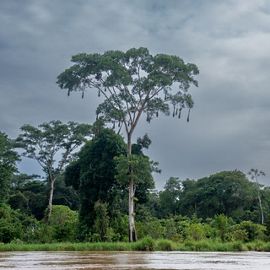
Planting Trees In Colombia Explore the map by clicking on locations to learn more about our planting sites.
